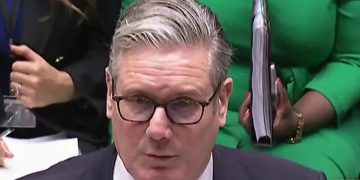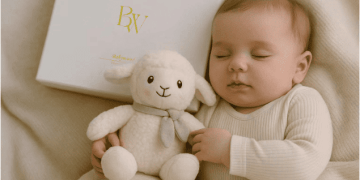
It was a phone call that promised to unlock a story. An unfamiliar voice told me that a man related to an underworld dispute I was investigating had just been released from prison. He was willing to meet me. Five minutes later, I was in a taxi to the edge of town.
It was the mid-90s, I was nearly 30 and could not quite believe that I was reporting for a national newspaper.
As soon as I walked into the bar, though, I sensed my mistake. The cheerless estate pub was in darkness, and empty, save for a gaggle men surrounding my putative subject. They exuded menace, he looked ill at ease. I was invited to conduct my interview by a leather-coated man whose voice I recognised from the phone. Who he was, or how he related to the story, I never learned. I should have walked out, but hunger to understand a criminal turf war clouded my judgement.
As my questions were parried or ignored, I began to realise that my subject was not there of his own volition.
Cigarette smoke and dread hung in the air. After half an hour, my hosts announced that I was ‘a time waster’. As it had cost them dear to facilitate this opportunity, I would now have to pay them. They demanded a sum equivalent to a week’s wages. I had no cash. I started to stand, but was pushed back onto my stool. A second later, a knife was at my throat.
The blade remained there for a seeming eternity. Eventually a man appeared with whom I had some trifling previous encounter. He ordered my release and waved me off.
As soon as I had recovered my composure, I called my news editor. “Oh, you should never meet these people in unfamiliar places”, he intoned. No more was said on the subject. Reporting it to the police, I assumed, would cost me my few contacts. I eventually decided that as I had survived, I was tougher for the experience. Soon I wore the encounter as a badge of pride.
On mature reflection, I realise this was my second irresponsible mistake. No one should suffer such behaviour at work – nor online bullying, name calling, offensive language, violent threats, attacks, stalking or the many other harassments that journalists face daily. Unless we record and report issues, they will likely get worse.
Nick Watt’s pursuit across Whitehall by anti-lockdown protesters might be the emblematic incident of contemporary journalist harassment – but the thousands of offensive social media posts and menacing messages are no less important.
Had I made more fuss I might have prevented others from suffering similar – or at very least made my news editor’s advice better known. An unreported offender, of any kind, is a danger to every other journalist pursuing stories.
So I welcome the launch of the NUJ’s Journalists’ Safety Tracker – an online portal facilitating recording and tracking of all abuse and intimidation aimed at media workers. It is one strand of the work of the Government’s National Committee for the Safety of Journalists, and is open to all journalists to submit. It should allow industry, government and police to understand the scale of problems and unpick trends.
[Read more: News industry urges police to ‘break cycle of abuse’ against women in journalism]
NUJ general secretary Michelle Stanistreet called the launch “a landmark moment”. “Tracking trends of the unacceptable abuse too often encountered by journalists is vital. Sexist and racist language targeted at women journalists and those from minority ethnic backgrounds, physical attacks and online harassment can now be systematically captured alongside the state-sponsored threats we know to exist.”
The tool is supported by employer groups such as the Society of Editors. It will only work, though, if journalists actually record incidents.
Although initiated during the last Parliament, it has the wholehearted support of the new incumbents at DCMS. Media Minister Stephanie Peacock MP said: “A free press depends on journalists’ ability to do their job without abuse, attack or intimidation. The Safety Tracker will help us gain a real time understanding of the frequency and type of abuse news gatherers face in the UK, particularly after journalists experienced harassment while covering this summer’s riots.”
I got plenty of copy out of the underworld feud, although I never got to the bottom of why they were at each other’s throats. On balance, I was lucky indeed to get away with my own neck intact. Had I made more of the incident then, it might have prevented others getting in the way of potential harms.
My hope in relaying the story now is that it persuades other journalists to record abuse – physical or digital – on the Tracker, and thereby contributing to making the world safer for us all.
The post Tracking abuse of journalists makes us all safer appeared first on Press Gazette.





























